HSE considerations for when employees return to work after COVID-19

Here in South Africa, and too the world over, governments are contemplating the risks of reopening the economy balanced against the benefits of allowing people to return to work. As of Thursday 23 April, President Cyril Ramaphosa announced a risk-weighted, phased approach to lifting the current nationwide lockdown, effective from 1 May 2020. This plan will allow certain industries to slowly return to work in a restricted manner, thus enabling the economy to begin to recover.
It’s business unusual
Government has made it very clear that although there is an easing of the current situation, this is accompanied by stringent conditions on how workforces will be expected to operate once their businesses reopen, and it will not hesitate to revert to an earlier, more severe phase of the lockdown if the number of infections spike.
It’s a fine line we all have to toe – you want to be able to begin generating revenue, and allow your employees to reclaim a sense of productivity, but how can you achieve both this, and adhere to the conditions set down by the State?
- Adapting existing engineering controls and introducing new controls
- Adapting, updating and introducing administration controls
- Educating and training staff
- Minimising risk of transmission
- Increasing medical surveillance and monitoring of staff
- Providing appropriate and required PPE to all staff
- Creating, publishing and applying policies around infected staff
On a practical level, this means a number of changes to how employees will interact with one another, at a most fundamental level. The keyword in this discussion is preparedness. Employees who return to your premises should be assured that you have done everything you can to ensure they are protected as far as is reasonably practicable.
Some restrictions to consider…
- Social distancing (this means staff working from home wherever possible)
- Office-based staff maintaining at least two (2) metres’ distance between one another
- PPE worn, especially cloth masks, at all times while employees are present in the office
- Frequent handwashing and use of sanitiser to minimise contact with infected surfaces
- Daily assessment of staff health to monitor potential symptoms of COVID-19, including taking a staff member’s temperature before they will be allowed to enter the work premises
What is certain is that how we operate in the future will require considerable behavioural changes from everyone.


